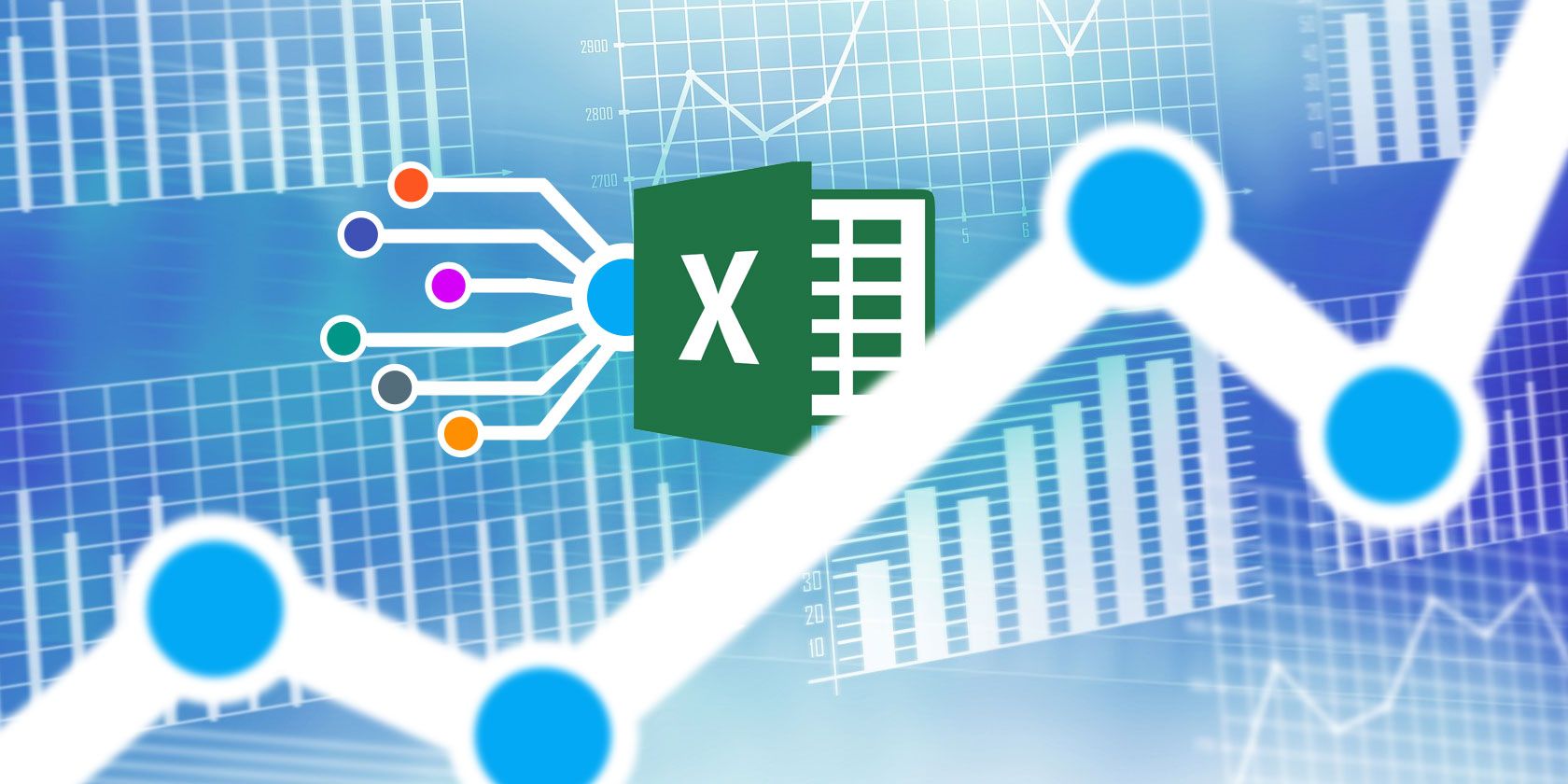


Then, set up the authentification to connect to Twitter. install.packages("rtweet") library (rtweet)

Once you have the information above, start R and download the package “rtweet”, which I will use to extract the tweets. Once you application has been accepted by Twitter (which doesn’t take too long), you’ll receive the following credentials that you need to keep safe: You’ll need to fill in an application form, which includes explaining a little a bit more what you wish you analyse. Then, apply for a developer account via the following website. First make sure you have a Twitter account, otherwise create one. This will allow you to retrieve the tweets - without it, you cannot do anything. In order to get started, you first need to get a Twitter API. This is a huge advantage compared to many analytics tools that require you to have the log-in details in order to analyse the information in the first place.Ĭonvinced? Let’s get started, then! STEP 1: Getting your Twitter API access R allows you to analyse any Twitter account you want even if you don’t have the log-in details.

Using it to analyse Twitter therefore allows you to conduct tailor-made analysis depending on what you wish to analyse instead of relying on a one-size-fits-all report R allows you infinite opportunities for analysis.you will be able to produce a Twitter Analytics Report for free and learn how to code at the same time! Here are 3 reasons why you might chose to do so: In this article, I help you to break down these barriers and provide you with a simple guide on how to extract and analyse tweets with the programming software R. This is why, most often, brands and agencies rely on easy-to-use analytics tools such as SproutSocial and Talkwalker who provide these insights at a cost in just one click. Nonetheless, extracting these insights still requires a bit of coding and programming knowledge. Third, the tweets are publicly available and easily accessible as well as retrievable via APIs. Second, the millions of tweets published everyday allows access to large data samples. First, the limited character size of tweets provides us with a relatively homogeneous corpora. Several factors have given Twitter considerable advantages over other social media platforms for analysis. As such, analysing Twitter has become a crucial source of information for brands and agencies. More than that, tweets allow us to gain insights into the online public behaviour. Twitter provides us with vast amounts of user-generated language data - a dream for anyone wanting to conduct textual analysis.


 0 kommentar(er)
0 kommentar(er)
